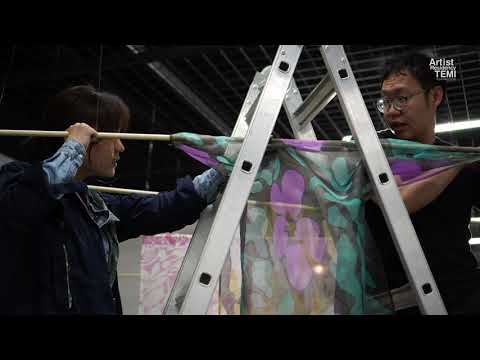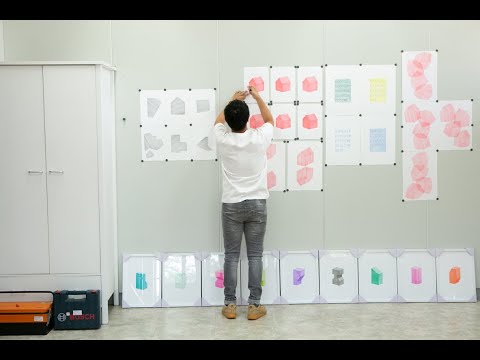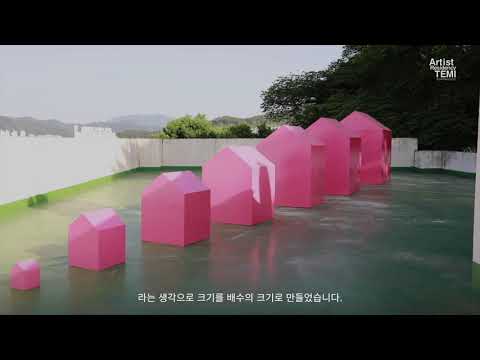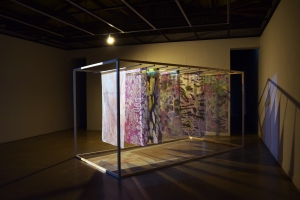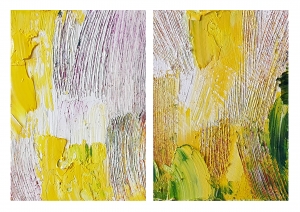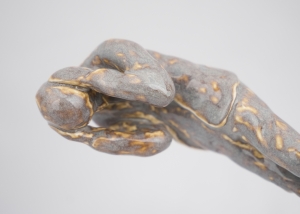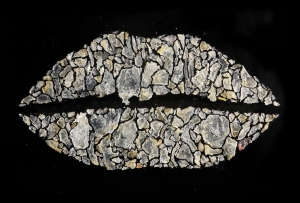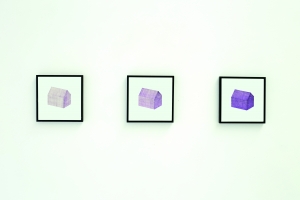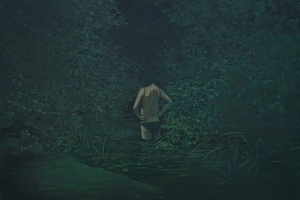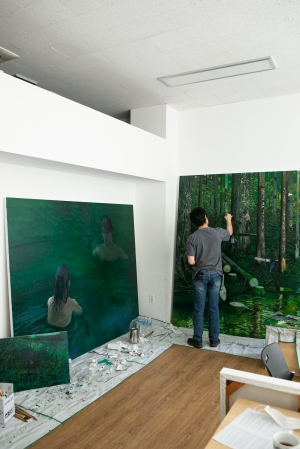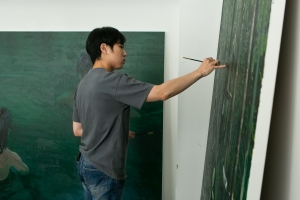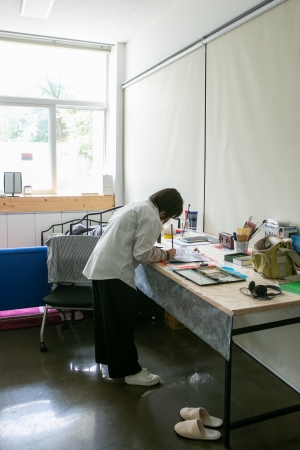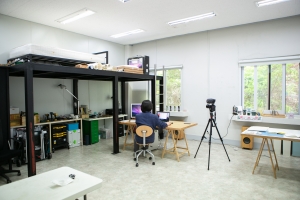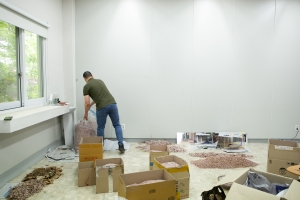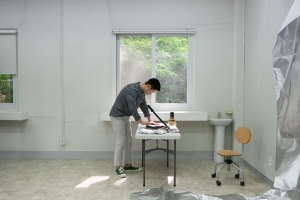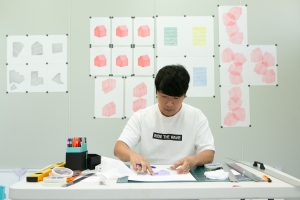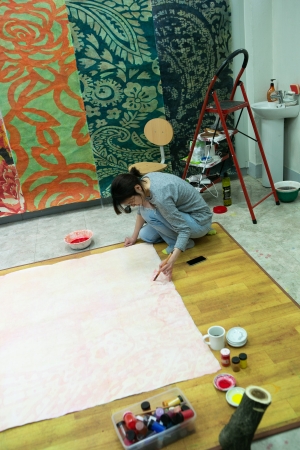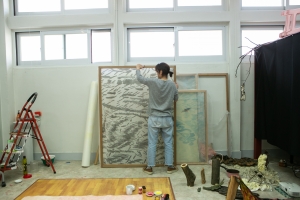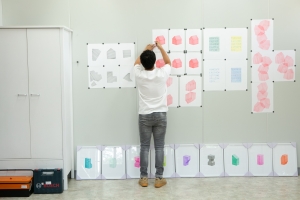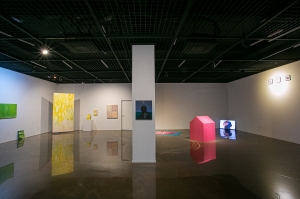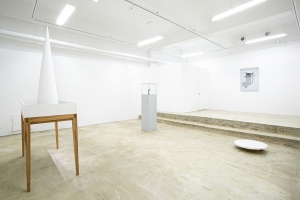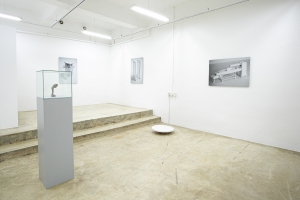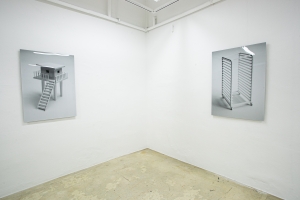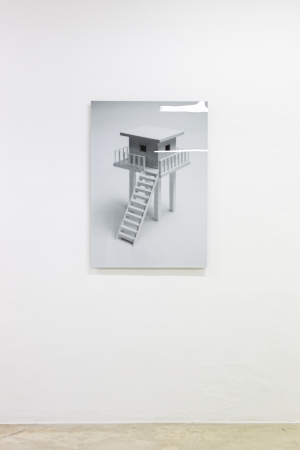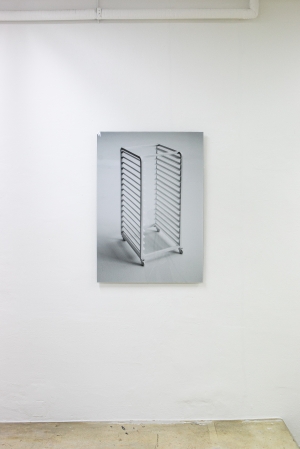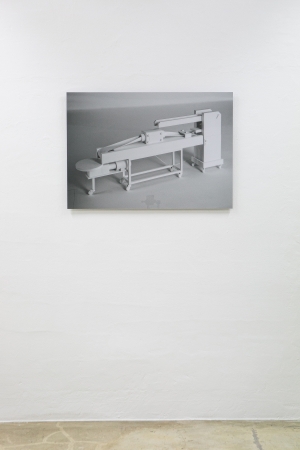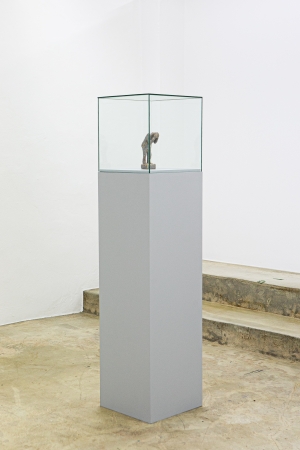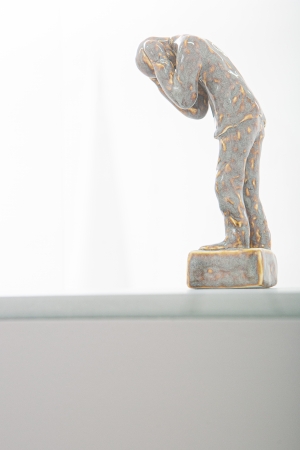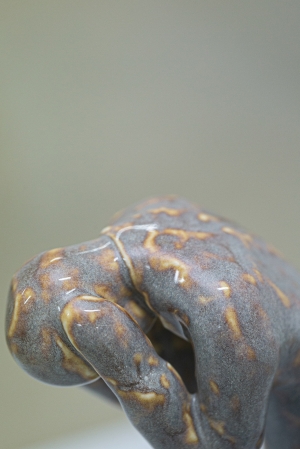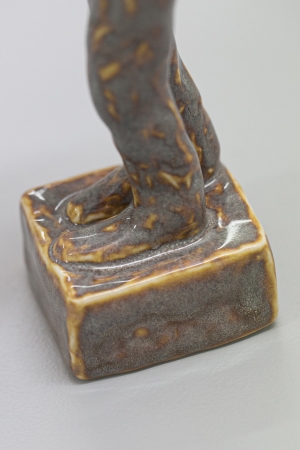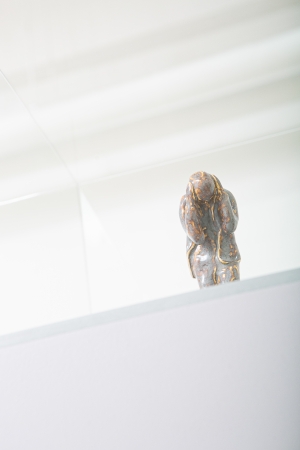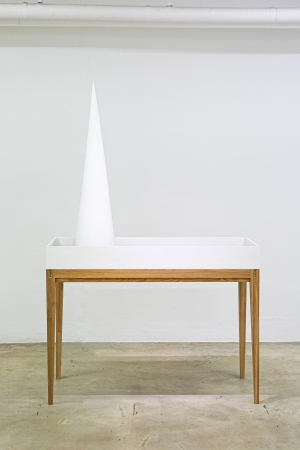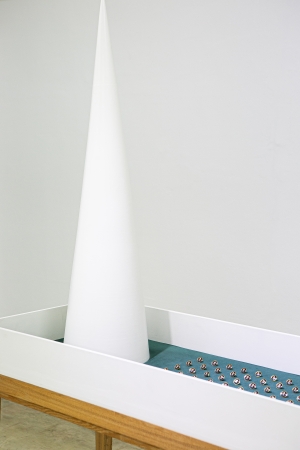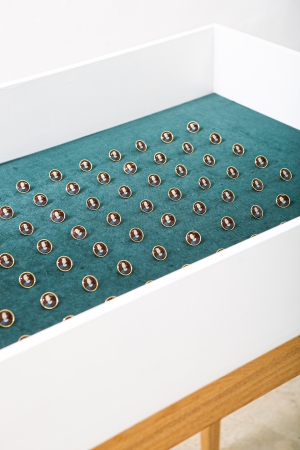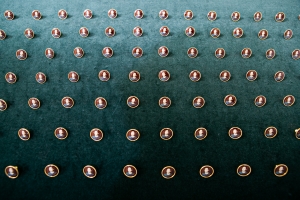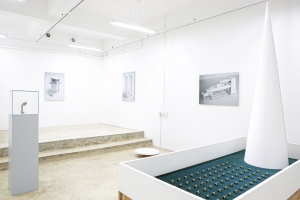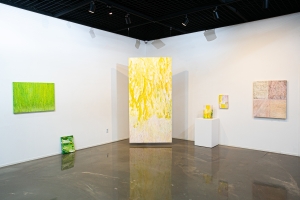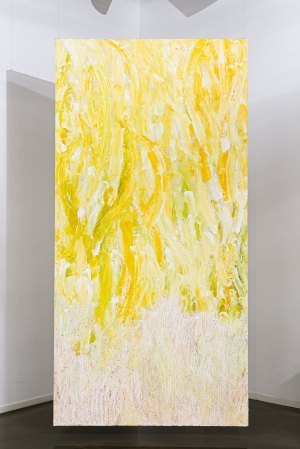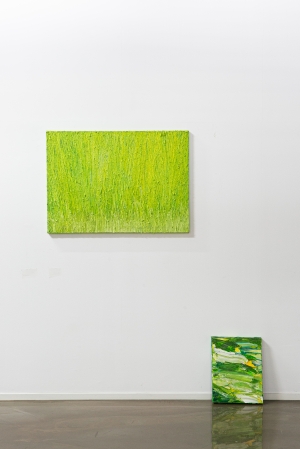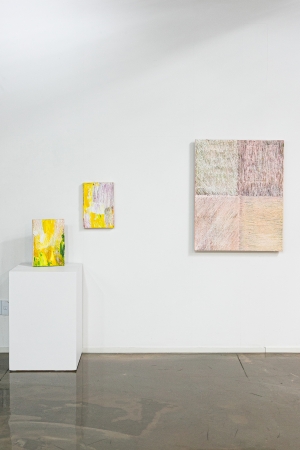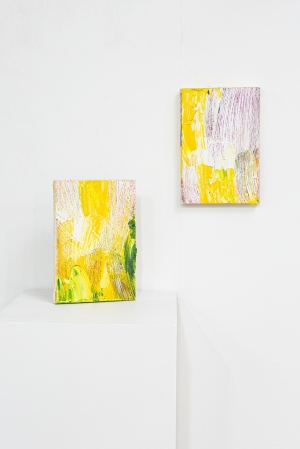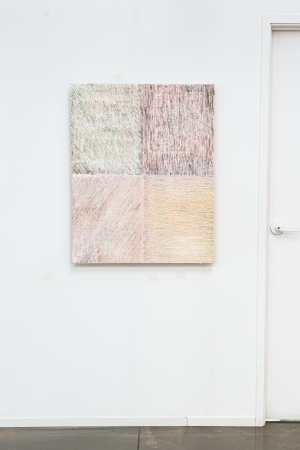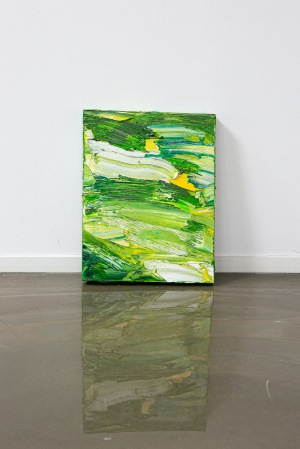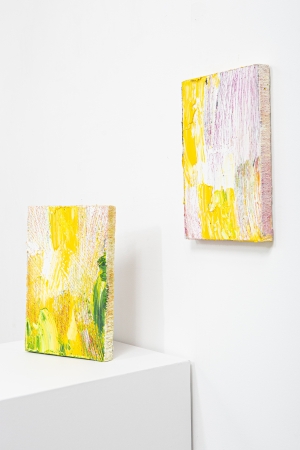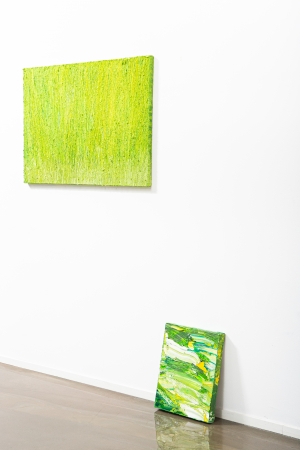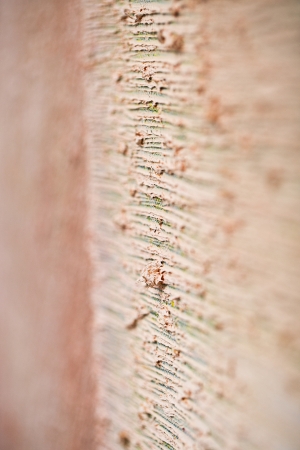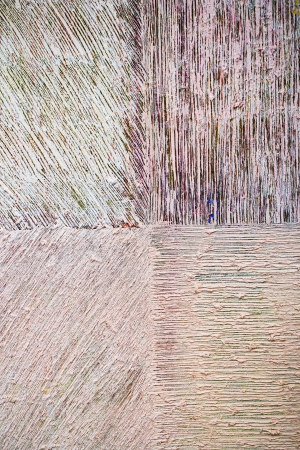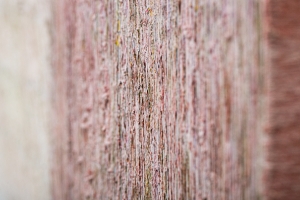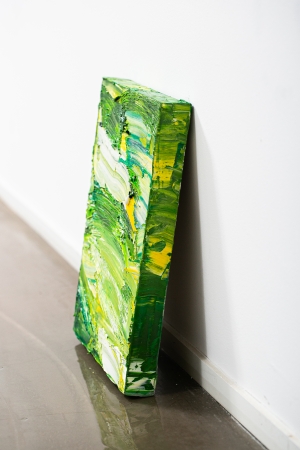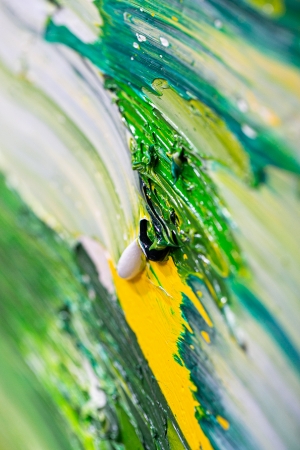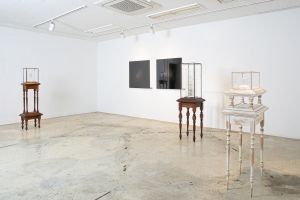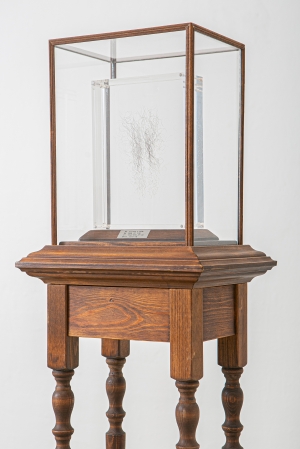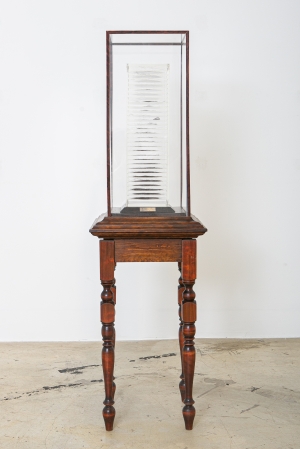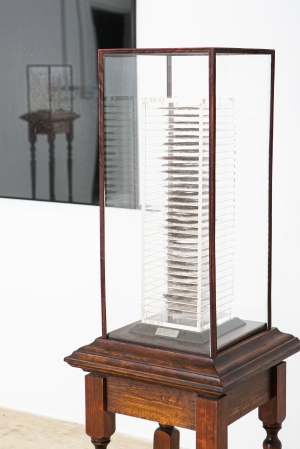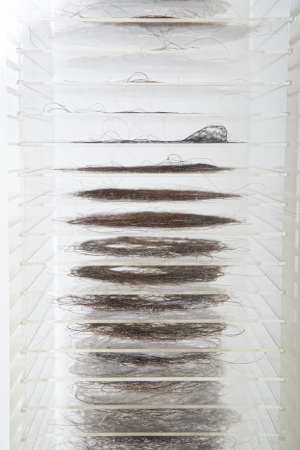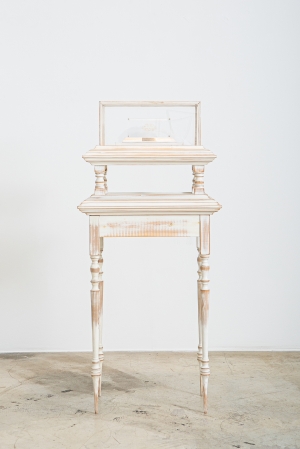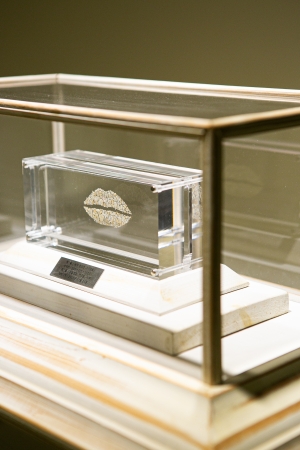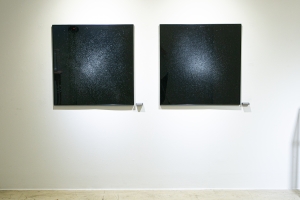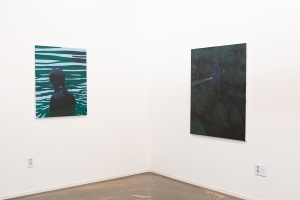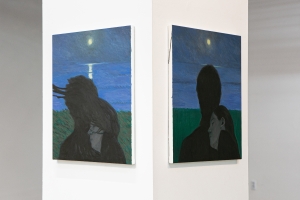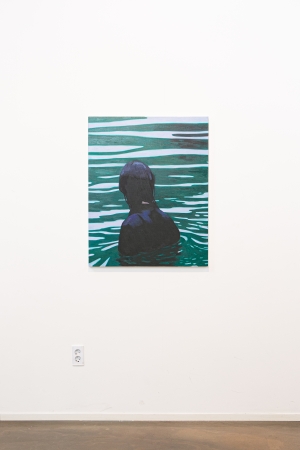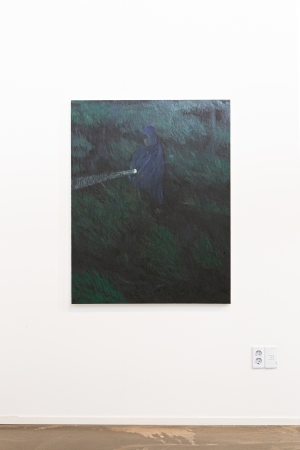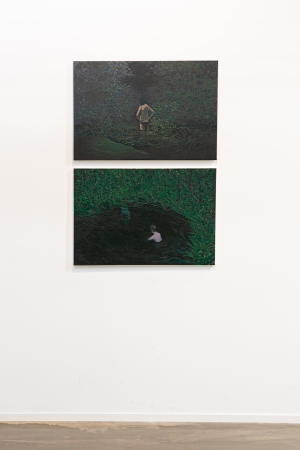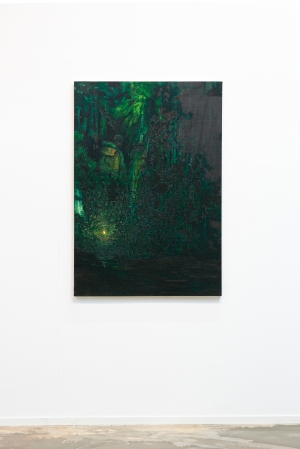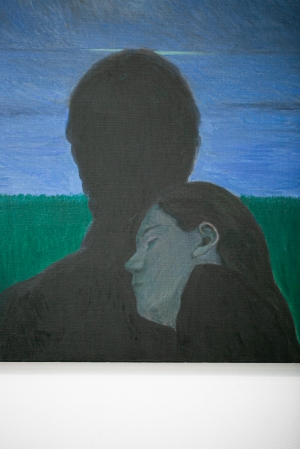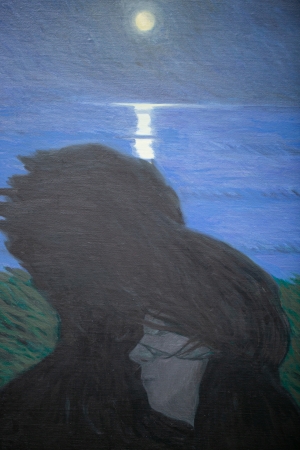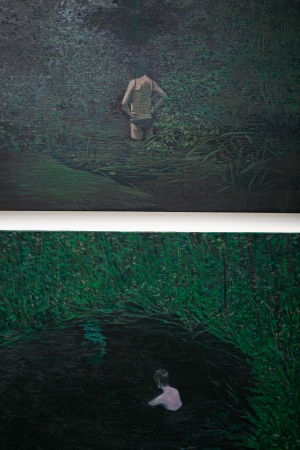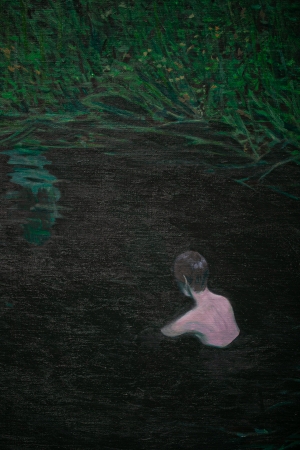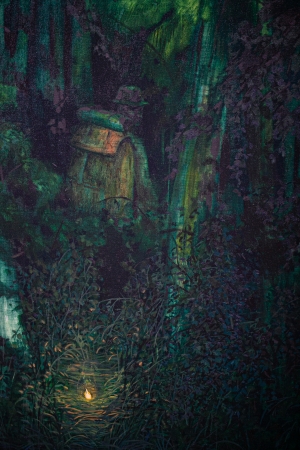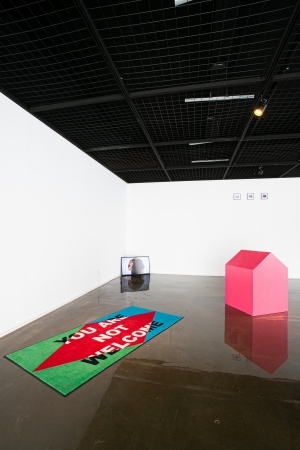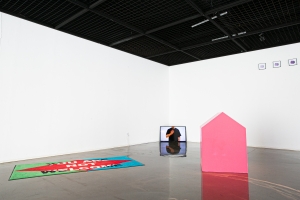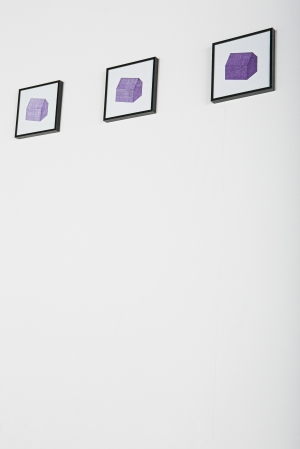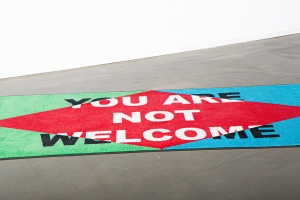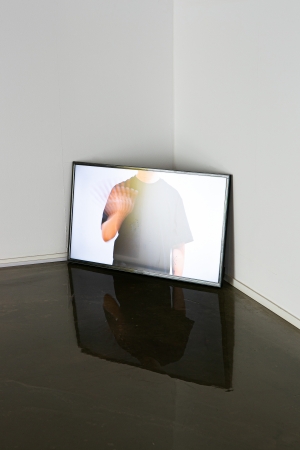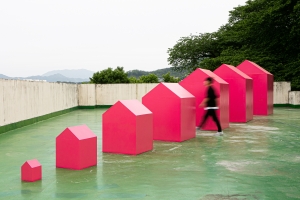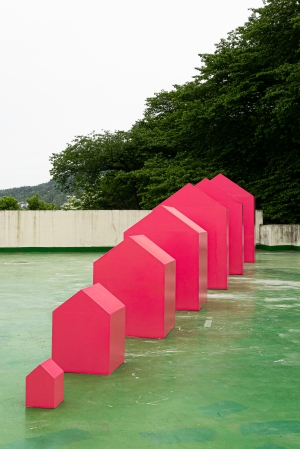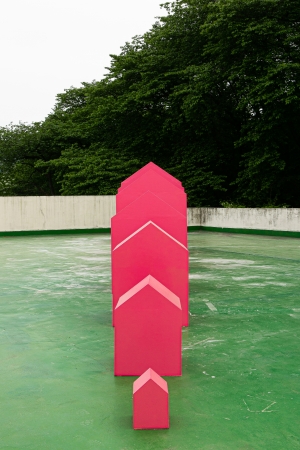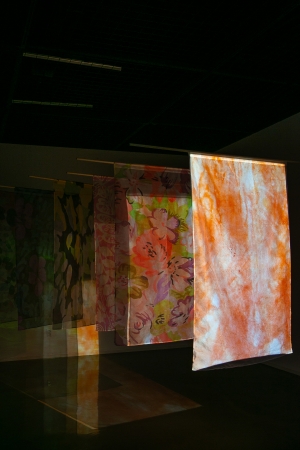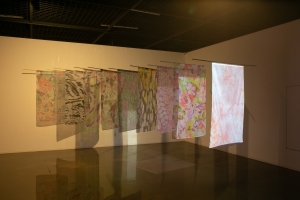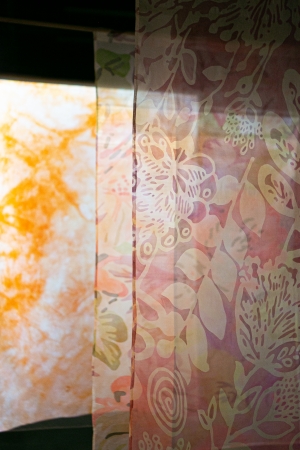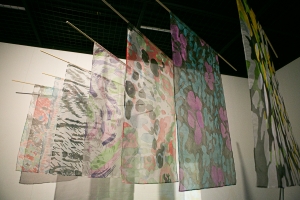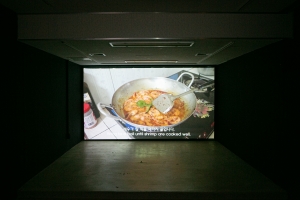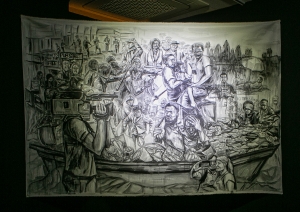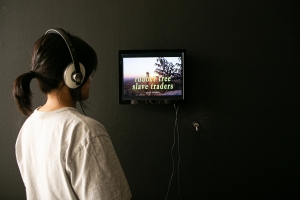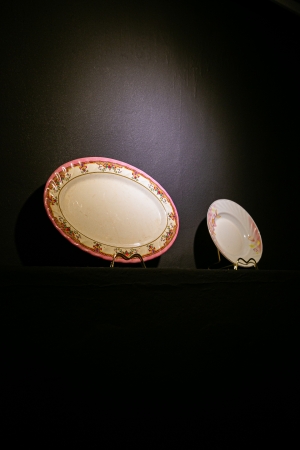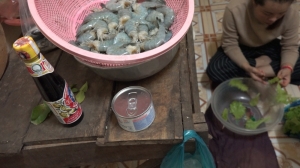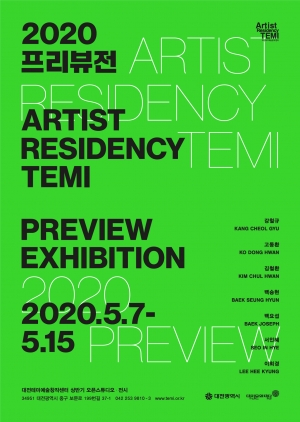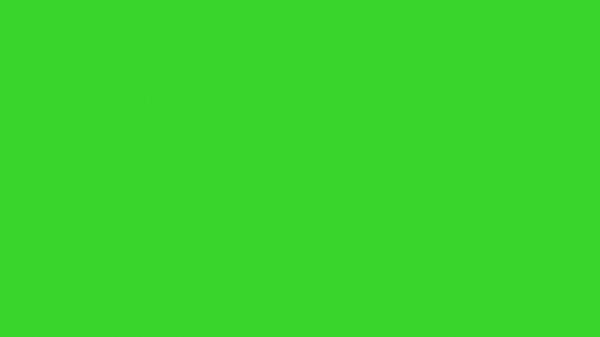전시 EXHIBITION
상반기 오픈스튜디오 및 전시2020 프리뷰 PREVIEW
-
2020 프리뷰 메이킹
-
2020 프리뷰 - 오픈스튜디오
-
2020 프리뷰 - 전시해설
-
굳은살과 물렁막 hard flesh and soft skin
-
가상적 흔적이 끼워지는 순간 20-19 The moment the virtual trace is inserted 20-19
-
자소상 Self portrait
-
생산물 (입술) Product (Lip)
-
House of Purple Lines
-
쇼팽 Chopin
-
오픈스튜디오 _강철규
-
오픈스튜디오 _강철규
-
오픈스튜디오 _이희경
-
오픈스튜디오 _백승현
-
오픈스튜디오 _김철환
-
오픈스튜디오 _백요섭
-
오픈스튜디오 _고동환
-
오픈스튜디오 _서인혜
-
오픈스튜디오 _서인혜
-
오픈스튜디오 _고동환
-
전시전경
-
백승현 작가 전시전경
-
백승현 작가 전시전경
-
백승현 작가 전시전경
-
무제
-
무제
-
무제
-
자소상
-
자소상
-
자소상
-
자소상
-
자소상
-
무제
-
무제
-
무제
-
무제
-
백승현 작가 전시전경
-
백요섭 작가 전시전경
-
가상적 흔적이 끼워지는 순간 20-7
-
백요섭 작가 전시 전경
-
백요섭 작가 전시전경
-
가상적 흔적이 끼워지는 순간 20-19
-
안료와 빛의 흔적에 의한 기억실험 20-7
-
가상적 흔적이 끼워지는 순간 20-2
-
가상적 흔적이 끼워지는 순간 20-19
-
백요섭 작가 전시 전경
-
안료와 빛의 흔적에 의한 기억실험 20-7
-
안료와 빛의 흔적에 의한 기억실험 20-7
-
안료와 빛의 흔적에 의한 기억실험 20-7
-
가상적 흔적이 끼워지는 순간 20-2
-
가상적 흔적이 끼워지는 순간 20-2
-
김철환 작가 전시전경
-
생산물 (항문털), Product (Hair from anus)
-
생산물 (샤워찌꺼기), Product (Shower residues)
-
생산물 (샤워찌꺼기), Product (Shower residues)
-
생산물 (샤워찌꺼기), Product (Shower residues)
-
생산물 (입술), Product (Lip)
-
강철규 작가 전시 전경
-
생산물 (입술), Product (Lip)
-
생산물 - 우주, Product - Universe
-
강철규 작가 전시전경
-
Her beauty and the moonlight
-
톰과 제시카, My brother Tom
-
철야, All night
-
검은물, 쇼팽
-
고요한 밤 Silent night
-
Her beauty and the moonlight(상세컷)
-
Her beauty and the moonlight(상세컷)
-
상세컷
-
검은 물, Black water(상세컷)
-
고요한 밤 Silent night(상세컷)
-
고동환 작가 전시 전경
-
고동환 작가 전시 전경
-
House of Purple Lines
-
You Are Not Welcome
-
You Are Not Welcome
-
너는 여기에 있는데 나는 여기에 없다
-
너는 여기에 있는데 나는 여기에 없다
-
너는 여기에 있는데 나는 여기에 없다
-
굳은살과 물렁막 hard flesh and soft skin
-
굳은살과 물렁막 hard flesh and soft skin
-
굳은살과 물렁막 hard flesh and soft skin
-
굳은살과 물렁막 hard flesh and soft skin
-
완리네 집에서 새우요리를 해보아요. Let's cook shrimp at Wanri’s home.
-
trip
-
우리는 부처의 무릎 위에 있었다 we were on buddha’s lap
-
완리의 그릇 Wanrl’s dish
-
완리네 집에서 새우요리를 해보아요. Let's cook shrimp at Wanri’s home.
-
2020 프리뷰 포스터
코로나 19로 인하여 대전테미예술창작센터의 <2020 프리뷰전>을 늦게 개최하게 되었습니다. 매년 4월초 창작센터 뒤편 테미공원의 벚꽃이 활짝 피는 시기에 맞춰 창작센터에서는 프리뷰전을 진행해 왔으나, 올해 상반기 오픈스튜디오 및 전시 <2020 프리뷰전>은 코로나19의 상황에 맞춰 조심스럽게 시작하고자 합니다.
코로나19의 확산을 방지하기 위한 사회적 거리두기의 일환으로 이번 프리뷰전은 예년보다 축소하여 스튜디오 개방이나 벚꽃콘서트 등 연계 프로그램을 진행하지 않고 전시만 진행합니다.
또한 <2020 프리뷰전>은 전시장이 개방되지 못하더라도 사진,영상 아카이브로 7기 입주예술가의 작품을 소개하고 온라인을 통해서 예술 감상의 기회를 제공하고자 합니다.
올해 창작센터는 총 10명, 국내작가 7명과 국외작가 3명을 선정하였습니다. 7기 입주예술가들은 지난 2월부터 입주하여 멘토링, 프리뷰 전시준비 등 작업활동을 하고 있으며, 각자의 프로젝트를 시작하고 7월부터 열리는 개인 프로젝트 전시를 준비하고 있습니다. 올해 7기 입주예술가들의 다양한 창작활동에 많은 관심과 성원을 바랍니다.
This year, we decided to open the Artist Residency TEMI’s 2020 Preview later than usual due to COVID-19. Each year, we carry out the preview in early April at the occasion of the blooming of cherry blossoms in Temi Park surrounding the Artist Residency. However, we are taking precautions in holding the 2020 Preview and the open studio event for the first half of the year in line with the COVID-19 situations.
As part of the social distancing efforts to curb the expansion of the virus, we have reduced the range of the events this year. Thus, we make happen the exhibition only and will not organize additional events including the open studio and the cherry blossom concert.
For the 2020 Preview, in case the exhibition halls cannot be open to the public, the artworks by our 7th term resident artists will be made available online via photographs and video archives.
This year, we selected total of ten artists ; seven domestic and three foreign artists. Our 7th term resident artists moved in this February. They have already started their individual projects and are engaged in various activities including mentoring programs and participation for the preview exhibition. We are planning to organize their solo exhibitions starting in July. We look forward to your warm interests in and supports the varied creative activities of our resident artists for this year.
강철규
사람을 잃은 것에 대한 불안. 그로 인해 스스로도 잃을 것에 대한 불안. 강철규는 이러한 실존적 불안을 캔버스에 시각화해서 해소하는 수단적 행위를 한다. 상실로 시작하는 작업에 평온과 불안이 공존한다. 같은 맥락에서 그는 녹색을 이미지에 지배적으로 사용한다. 이는 ‘작업’과 ‘초록’ 두 단어가 다른 의미이나 같은 언어로 취급하는 바다. 때문에 상실과 관련된 내용을 초록이 짙은 이미지에 보관하며 집착한다. 이로 인해 시각 이미지엔 상실의 대상과 소유하는 기억이 내러티브로 드러난다. 낱개의 이미지를 나열하면 거대한 덩어리가 되고 문학 중 소설과 같은 긴 서사로 조직화한다.
고동환
고동환에게 집은 중요한 주제이자 소재이다. 작품에 등장하는 삼각형의 지붕과 네 개의 벽으로 구성된 단순한 구조로 이루어진 집은 누구나 보편적으로 떠올릴 수 있는 기본적인 형상을 하고 있다. 드로잉 연작에서 보여주는 내부와 외부의 경계가 무너진 구조는 공간이 개별적으로 완벽한 독립체가 될 수는 없으며 외부와 관계를 맺으면서도 내부의 고유성을 유지하고 있는 점을 시각적으로 인식하게 해준다. 집이 보여주는 다양한 형태로의 변형은 하나의 생명체처럼 공간이 개개인에게 반응하고 있음을 보여준다. 이 세상에 똑같은 집은 없으며 장소와 시간 그리고 그 안에 살아가는 개인에 의해 다양한 의미를 부여받게 되는 것이다. 작가는 우리가 집이라는 단어를 통해 일반적으로 떠올릴 수 있는 안정되고 견고한 이미지에서 탈피하기 위해 텍스트를 통해 개념을 직접적으로 드러내거나 펜으로 정교하게 드로잉을 하는 등의 선적인 요소를 반복하는 노동 행위가 전제된다. 이는 하루의 시작과 동시에 마무리가 되는 곳이 집이며 그 공간 안에서 사람들의 하루가 쌓여 삶이 되고 있음을 의미한다.
김철환
김철환은 자신의 신체에서 나온 부산물을 재료로 사용함과 동시에 그 신체 부산물에 관한 이야기를 말하고자 한다. 작가는 인간의 몸에서 생겨나는 부산물인 각질 및 각종 털들, 손톱과 발톱, 피부의 껍질까지 스스로 수집할 수 있는 모든 부분을 수집하고 그 재료를 다시 원래의 형태로 재현하는 작업을 반복적으로 진행하고 있다. 그런 작품의 형식은 그 재료에게 권위를 부여하고 관람객을 집중시킬 의도로써 엔틱한 형식의 나무 좌대를 제작하여 사용한다. 여기에서 작가는 정상적 또는 보편적 인간인 자신을 기준으로 하여 자신을 작가라는 특정인이 아닌 누구나 해당 될 수 있는 평범한 인간의 기준으로서 재료를 수집하고 작품을 제작하는 것이다. 다시 말해 누구에게나 발생하는 문제에 대한 과정과 결과의 묘사이므로 재료 자체는 누구의 것이라도 상관이 없다. 작품제목도 지극히 개별적이거나 사적인 방향이 아닌 보편적 인간이라는 기준 아래 인간이 유일하게 생산하는 것에 대한 의미로 은유적으로 표현하였다. 그와 함께 작품의 개수를 특정할 수 있는 12개 혹은 30개로 정한 이유는 현대사회에서 보편적으로 사용하는 사이클의 단위를 사용하여 생의 반복처럼 이어지는 삶을 묘사하였다.
백승현
백승현의 작업은 개인과 사회에 대한 관심으로부터 출발하여 입체, 설치, 사진 등 다양한 방법으로 표현되어 왔다. 그의 작업에는 여러 인간의 모습이 나타나는데, 유리 벽 속에서 불안해하기도 하고 머리를 감싸 쥐고 괴로워하기도 하는 인간의 모습은 거대 사회 속에 홀로 고립되어 자기 자신과 싸우고 스스로 자신을 착취하고 있는 현대사회의 개인을 표방한다. 고립을 상징하는 유리 벽 주위로 작은 인간을 둘러싼 사회, 정치적인 풍경들과 한 개인의 멜랑콜리한 일상적 풍경들이 교차한다. 학교 건물이나 조회대 혹은 탑을 상징하는 커다란 원뿔, 성과를 상징하는 금테를 두른 배지들이 등장하고, 생계를 위해 뛰어든 노동의 과정에서 마주하는 반복적으로 움직이는 차가운 기계들도 등장한다. 이러한 최근 몇 년 간의 작업은 거대 사회 속 한 개인이 맞닥뜨리는 허구와 위선 그리고 한계점들이 아이러니하게도 작가에게 새로운 사유의 대상으로 변화되는 지점들을 포착해내려는 시도라 할 수 있다.
백요섭
백요섭 작가의 ‘그림’들은 그렸다기보다는 박박 긁어낸 화면의 흔적이 두드러진다. 두텁게 여러 번 바른 화면에 단단한 것으로 긁어내 시각성 보다는 촉각성에 호소하며, 주변의 빛 및 관객의 시선에도 민감하게 반응한다. 지우기를 반복하여 만들어낸 중층적 화면은 고대의 양피지(Palimpsest)를 참조한 것이다. 이전의 것이 다 지워지지 않고 남은 흔적이 그다음의 층과 결합되면서 생기는 불연속의 지점들아 다수 포진해 있다. 또한 그의 작품은 한순간에 작품의 진면목을 파악하는 것을 이상적으로 본 모더니즘과 달리, 거듭되는 지각을 통한 해석을 중시한다. 추상적 시각성이 순간에 승부를 건다면, 그의 작품은 시간적 추이에 따른 지각의 재편집, 즉 기억에 방점이 찍혀 있다. 기억에서는 시간이 재편집되는 현상이 일어난다. 층과 층의 간격에서 무엇인가 생성된다. 작가는 여기에서 스펙터클의 홍수 속에 회화가 있어야 하는 자리와 의미를 찾으려 한다.
이선영 미술비평 발췌
서인혜
서인혜는 여성의 신체성과 보이지 않는 노동력을 시각화한다. 그녀의 작업은 여성으로서 정체성을 자각하는 과정을 피부 표면에서 일어나는 몸의 흐름과 배출의 과정이라 것에서부터 출발한다. ‘막’ 이라는 장치로서 피부 표면에 대한 그의 관심은 주변에서 만날 수 있는 여성들에 대한 관찰로 확장한다. 시골 할머니들이 노동을 할 때 즐겨 입는 몸빼 바지의 주름과 무늬의 형상들을 순수한 시각적 요소들로 인지하여, 피부 표면에서 포착된 여러 무늬와 형상들을 여러 층의 베일에 가려진 형식으로 시각화한다. 이 과정에서 다양한 무늬와 얼룩, 패턴들이 서로 침투하고 투영하면서 중심과 주변의 경계가 허물어지고 버무려지는 동사의 형태를 구현한다.
이희경
이희경은 자신을 둘러싸고 있으며 일상에서 수집되는 주변과 주체와의 관계 안에 반영되는 ‘지금 여기’의 현상을 통해 복잡하고 다층적인 세계에 대한 이해를 구하고자한다. [완리네 집에서 새우요리를 해보아요]는 캄보디아 외곽의 한 가정집에서 보내는 소박한 저녁 시간을 배경으로, 요리라는 평범한 행동을 통해 우리와 유사한 일상의 정서를 공유하고 그를 관찰하는 작가의 불안한 시선을 영상으로 만든 작품이다. [여행]은 캄보디아의 사회적 이슈를 흑백의 선화로 재해석한 것으로, 인터넷으로 쉽게 구할 수 있는 이미지들로 구성되었다. 현재의 사건들이지만 한국의 과거와 겹쳐 보이는 그림은, 근대 아시아의 폭력적인 유산들을 일깨우며 과거와 미래로 연결 된 캄보디아와 한국, 나아가 아시아가 가진 공통의 상흔을 가리키고 있다.
Kang Cheol Gyu
Anxiety about having lost people and uneasiness about the prospect of losing oneself as a result: Kang CheolGyu visualizes his existential anxieties on the canvas as the means of resolving them. Tranquility and insecurity coexist in his work that stems from loss. In the same context, he uses green predominantly in his images. The words ‘work’ and ‘green’ have different meanings but are treated as the same language. Therefore, the artist keeps the details related to his loss in densely green images and continues to be obsessed by them. This is why the objects of loss and the memories he keep are disclosed as narratives in the visual images. When individual images are enumerated, they form an enormous mass and are organized into a long literary epic similar to a novel.
Ko Dong Hwan
To Ko DongHwan, a house is both an important subject and material. The house built in the simple structure of a triangular roof and four walls has a basic shape that anyone can easily think of. The structure featured in his drawing series, in which the boundary between the inside and the outside has broken down, leads us to visually perceive that space cannot individually become a complete entity and that it maintains internal uniqueness while establishing relationship with the outside. Transformation of a house into a variety of different shapes represents the diversified responses of the space to different individuals as if it’s a living organism. No two houses in the world are the same, and each one is bestowed with different meanings by its resident(s). For the artist to break away from the settled and solid images that we usually recall from the word ‘house,’ he needs to reveal concepts directly through text or engage in the labor of repeated line works such as elaborate pen drawing. This signifies that a house is the place where each day begins and ends, and that days spent there by individuals are accumulated to form lives.
Kim Chul Hwan
Kim ChulHwan uses by-products of his body as materials for his work and attempts to tell stories about them. The artist collects all by-products of human body, including callus, hair, bits of nails cut from fingers and toes, as well as skin crusts, as much as he can and continues to work on re-creating them to their original forms. To grant authority to the materials and draw the attention of viewers, he produces antique-style wooden pedestals for his works. Here, Kim sees himself as a normal or standard human being, rather than a specific individual, in collecting the materials and creating works. In other words, his works represent processes and results of issues that occur to any person, and it does not matter to whom the materials belong. The titles of the works were also conceived metaphorically, to signify the only things that universal human beings ? and not individual or private persons ? produce. The numbers of the works were also set at 12 or 30 to symbolize periods of life cycle commonly referred in the present society and describe the repeated circle of life.
Baek Seung Hyun
Originating from his interest in individuals and society, Baek SeungHyun’s works have taken several different forms such as three-dimensional figures, installations, and photography. He shows various human figures, including those that appear nervous in glass walls and those clutching their own heads and struggling, representing individuals in the modern society fighting against and exploiting themselves in isolation from one another. Social and political scenes surrounding small persons and melancholic daily sights of individuals mingle around glass walls symbolizing isolation. We can see large cones that stand for school buildings, platforms or towers and gold-rimmed badges that signify high performances, as well as cold machines moving repeatedly that are encountered in the process of labor taken up for livelihood. These works produced in recent several years are outcomes of Baek’s attempt to capture illusions, hypocrisy, and limitations that an individual faces in the huge society as well as the points at which they ironically turn into subjects of new thoughts for the artist.
Baek Joseph
Baek Joseph’s ‘paintings’ do not appear to have been drawn; rather, they show traces of scraping out. By scraping out the thickly painted canvas, his works appeal more keenly to tactile rather than visual sensation, and react more sensitively to lights and viewers’ eyes. The layered canvas created by erasing repeatedly was inspired by palimpsest of the ancient days. There remain numerous spots of discontinuity ? formed as traces that have not been completely erased ? blended with the upper layer. Meanwhile, his works put emphasis on interpretation through repeated perceptions, unlike modernism that regards instantaneous understanding of a work’s essence highly. If abstract visuals focus on the moment, Baek’s works highlight re-editing perceptions according to the progress of time, or memory. Time gets re-edited in people’s memories. Certain things are created in the gaps between layers. The artist tries to locate the rightful place and meaning of paintings amid a whirlwind of spectacles.
Excerpts from Lee Seon Yeong’s art reviews
Seo In Hye
Seo InHye visualizes the physical characteristics and unseen labor of women. Her work bases the process in which women realize their identity on the processes of physical circulation and discharge that go on in the skin. Her interest in the skin as a ‘surface layer’ expands to observation of local women encountered daily. She perceives the colorful patterns and pleats on the work pants of rural grannies as purely visual elements and renders the patterns and figures captured on the skin surface to be covered under layers of veils. In this process, a variety of patterns, spots and figures infiltrate and reflect one another, thereby realizing the demolition of barriers and merging of centers and peripheries.
Lee Hee Kyung
Lee HeeKyung attempts to find the understanding of the complex and multi-layered world through the phenomenon of ‘now here’ reflected in the relationships between the subjects and items collected daily from her surroundings. Let’s cook Shrimp at Wanri’s Home is a video work on dinner time at a suburban house in Cambodia, where similar sentiments related to daily routines are shared through the simple act of cooking and the artist observing with a sense of uneasiness. Trip reinterprets social issues of Cambodia in black and white line drawing based on images easily available on the Internet. The work made up of the country’s present images that overlap with Korea’s past recalls the violent legacies of Asian modern history while pointing to the common scars of Cambodia and Korea, connected through the past and present, as well as Asia as a whole.
- 기간
- 2020-05-07 ~ 2020-05-15
- 관련행사






